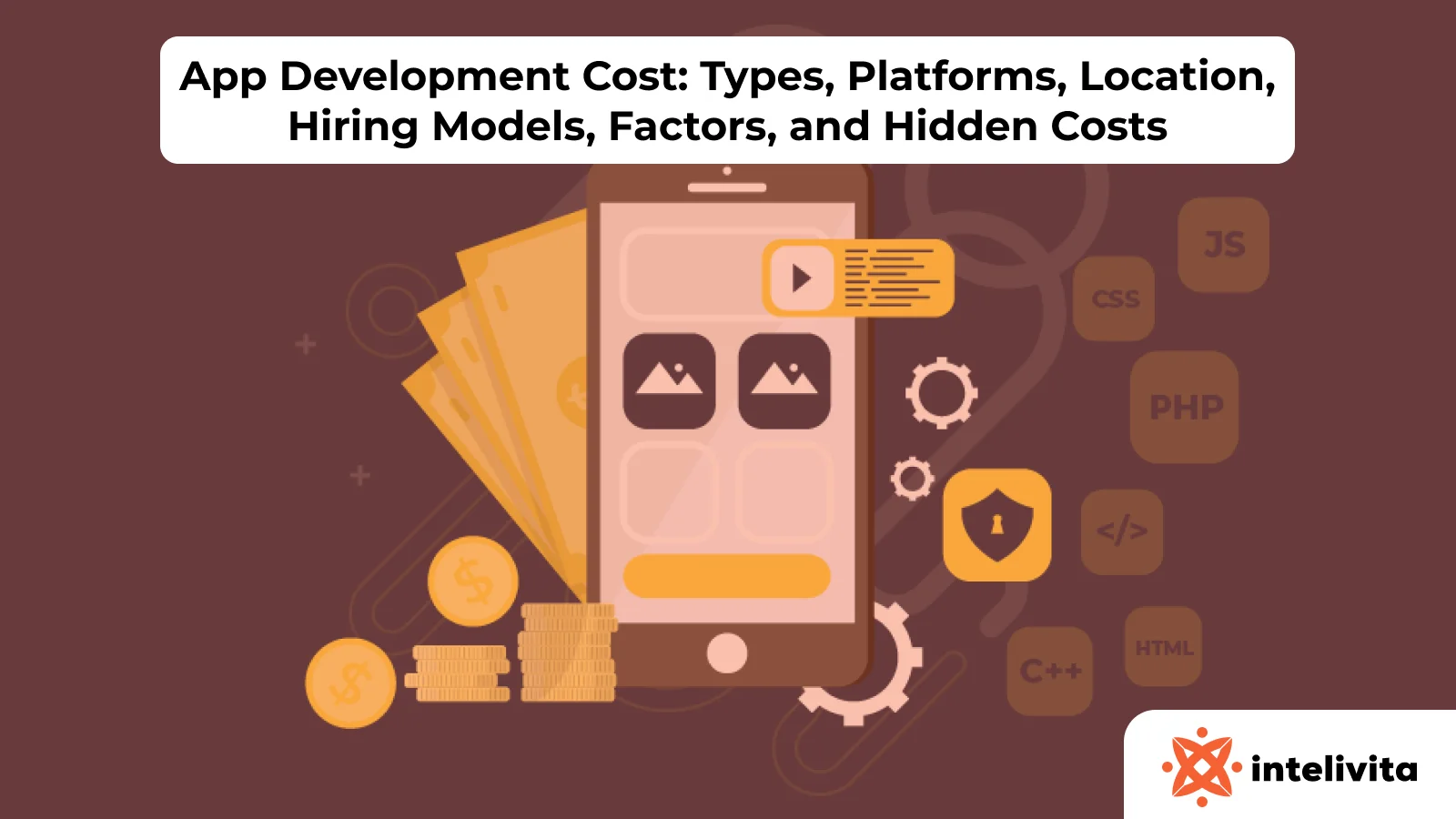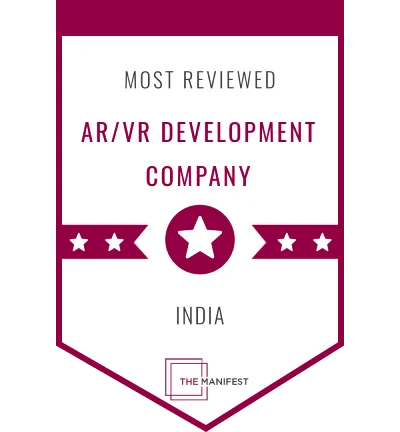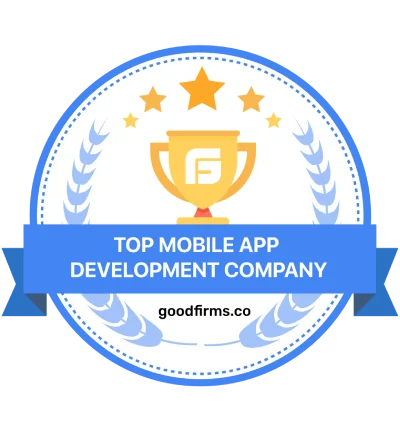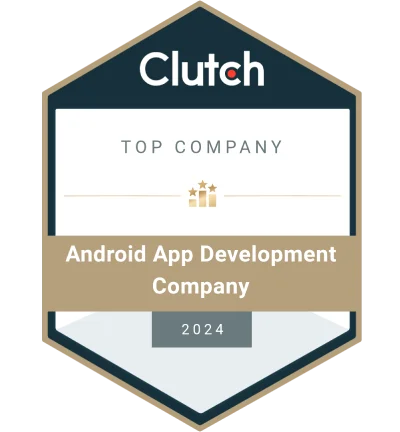Mobile app development costs range from $10,000 to $18,000, with the final price determined by app complexity, app type, and the expertise level of the development team.
A Minimum Viable Product (MVP) with moderate complexity, developed at an average $30/hour rate, costs between $10,000 and $18,000 depending on platform.
- An Android app costs $10,000 to $13,000.
- An iOS app costs $10,000 to $15,000.
- A hybrid app costs $15,000 to $18,000.
Investing in mobile app development requires balancing user experience quality with project budget. A detailed cost analysis helps founders prioritise essential features that fit within their budget. Higher investment supports robust and user-friendly applications. A lower budget limits advanced feature development.
Get a Free App Cost Consultation
Get a transparent cost breakdown and expert consultation to plan your app within budget
How Much Does It Cost to Make an App by App Type?
App development cost by type ranges from $6,000 for basic apps, $12,000 for moderate apps, and $18,000 for complex apps.
- Basic Apps ($6,000): A basic app costs about $6,000 and includes only core features such as static content display and simple navigation, making it suitable for informational or entry-level apps.
- Moderate Complexity Apps ($12,000): A moderate app costs about $12,000 and includes user accounts, data storage, and third-party integrations. These features require backend development and API handling, which increases the cost compared to basic apps.
- Complex Apps ($18,000): A complex app costs about $18,000 and provides advanced features such as real-time updates, personalization, and multiple backend integrations. These features increase coding time and require larger server infrastructure, which raises the development cost beyond moderate apps.
Commonly requested apps such as eCommerce, social networking, and booking platforms cost between $10,000 and $50,000. An eCommerce app can reach $60,000 because it requires secure payment gateways, large product catalog databases, and PCI DSS compliance for safe transactions.
The following table shows the cost breakdown for popular mobile app types.
| App Type | Cost Range |
| eCommerce | $10,000 – $60,000 |
| Service Booking | $10,000 – $50,000 |
| On-Demand Delivery | $10,000 – $50,000 |
| Social Networking | $10,000 – $50,000 |
| Educational | $10,000 – $50,000 |
| Gaming | $10,000 – $50,000 |
| Travel and Tourism | $10,000 – $50,000 |
| Event Management | $10,000 – $50,000 |
| News and Media | $10,000 – $50,000 |
| Real Estate | $10,000 – $50,000 |
Cost ranges vary because each app type requires specific integrations, backend capacity, and compliance standards. For example, gaming apps cost more than news apps because real-time graphics, multiplayer functionality, and higher server capacity push costs closer to $50,000.
How Much Does it Cost to Build an App by OS Platform?
The cost to build an app by operating system platform ranges from $10,000 to $20,000, depending on whether you choose Android, iOS, Web, Cross-Platform, Hybrid, or Flutter. Each platform impacts the development budget because of its technical requirements, supported frameworks, and coding complexity.
Android App Development
An Android app costs $10,000 to $13,000. The higher cost comes from optimization for multiple devices and screen sizes, which requires extensive testing. Most Android apps are built with Kotlin or Java. Maintenance costs are higher because of device fragmentation across Android models.
iOS App Development
An iOS app costs between $10,000 and $15,000. The controlled Apple ecosystem reduces device variation and testing effort. The Apple ecosystem requires an annual developer license. iOS apps are developed with Swift or Objective-C, making them more consistent across iPhone and iPad devices.
Hybrid App Development
A hybrid app costs $15,000 to $18,000. Developers reuse a single codebase across platforms, which reduces build time. Hybrid apps built with frameworks such as Apache Cordova or Ionic support faster deployment. Hybrid apps require additional performance optimization compared to cross-platform and native applications.
Web App Development
A web app costs $10,000 to $20,000. Costs are lower because web apps require fewer platform-specific resources than native apps. Web apps run in browsers using HTML5, CSS, and JavaScript, which lowers initial costs. Adding features like offline access or push notifications increases complexity and development hours, raising costs closer to $20,000.
Cross-Platform App Development
A cross-platform app costs $10,000 to $18,000. Developers use a single shared codebase that runs on both Android and iOS. Frameworks like React Native and Xamarin reduce time and cost. However, platform-specific features such as camera APIs or payment integrations require custom coding, which raises the development budget.
Comparative Note for Clarity
Hybrid apps embed web technologies inside a native wrapper. Cross-platform apps compile a shared codebase directly into native applications. Web apps run entirely in browsers and do not support native installation.
Flutter App Development
A Flutter app costs $12,000 to $20,000, depending on complexity and features. Flutter apps are built with Google’s Dart language and run on both iOS and Android. They offer near-native performance and UI quality at a lower cost than building two separate native apps.
These platform cost ranges show how OS choice directly impacts the total app development budget.
How Much Does It Cost to Build an App Based on Developer Location?
Developer location impacts hourly app development cost, with rates varying significantly across regions. Hiring a U.S. developer is 3–4 times more expensive than hiring in India because of differences in labor costs and market rates.
The average hourly rates for app development by region are outlined in the table below.
| Region | Price (Hourly) |
| USA | $100 |
| Western Europe | $80 |
| Australia | $90 |
| Eastern Europe | $50 |
| India | $25 |
These regional rate differences directly shape the overall app development budget and influence cost estimation models used by businesses.
How Much Does It Cost to Hire a Freelance App Developer?
A freelance app developer costs $25 to $80 per hour. Location impacts labor rates, while experience level affects pricing. North America and Western Europe developers charge $80–$100 per hour, whereas India and Southeast Asia charge $25–$50 per hour.
Freelance developers are suitable for small projects or specific tasks. Freelance developers require additional project management to coordinate schedules, monitor deliverables, and maintain consistent progress. Freelancers often juggle multiple clients, so consistency and delivery timelines are harder to control.
The hourly freelance rate breakdown by developer level is as follows:
- Junior Developer: $25 – $35 per hour
- Mid-Level Developer: $40 – $70 per hour
- Senior Developer: $80 – $100 per hour
How Much Does It Cost to Hire an App Development Agency?
Hiring an app development agency costs $10,000–$50,000 for small to medium apps. Complex projects range from $50,000–$200,000.
Agencies deliver end-to-end teams including project managers, designers, developers, and QA engineers. They handle the entire app lifecycle from planning to testing.
North American agencies charge $100–$150 per hour, compared to $30–$70 in Eastern Europe and Asia.
A report by Clutch indicates that agencies in North America typically charge $100 to $150 per hour, while those in Eastern Europe and Asia range from $30 to $70 per hour, depending on the agency’s expertise and location.
How Much Does It Cost to Hire an In-House App Development Team?
An in-house app development team costs $100,000–$500,000 per year. Costs include salaries, benefits, and infrastructure overhead. These fixed costs are sustainable for long-term development and continuous maintenance, so in-house teams suit enterprises with ongoing projects.
How Much Does It Cost to Outsource to an Offshore Development Team?
Outsourcing offshore costs $20–$70 per hour. Rates vary due to regional labor cost differences. Teams in Asia charge $20 to $50 per hour, while Eastern Europe averages $30 to $60 per hour, and Latin America ranges from $30 to $70 per hour. Offshore outsourcing reduces costs but may require extra coordination for time zones and communication.
Comparative Note for Clarity:
- Freelancers provide flexibility at lower cost but require close oversight.
- Agencies deliver structured teams with higher reliability.
- In-house teams give direct control but are the most expensive.
- Offshore outsourcing lowers hourly costs but creates time zone and communication challenges.
How Much Does It Cost to Use a No-Code/Low-Code Development Platform?
A no-code or low-code development platform costs $50 to $500 per month in subscription fees, depending on the platform and level of access.
- Basic Plans: Basic plans cost $50–$100 per month and suit simple apps with limited customization.
- Advanced Plans: Advanced plans cost $200–$500 per month and support complex apps with advanced features.
No-code and low-code platforms are visual environments that let developers build apps with drag-and-drop tools instead of writing code. Examples include Bubble for web apps, OutSystems for enterprise low-code projects, and AppGyver for cross-platform development.
Get a Free App Cost Consultation
Get a transparent cost breakdown and expert consultation to plan your app within budget
What Are the Hidden Costs of App Development?
Hidden costs of app development fall into two categories: technical upkeep (maintenance) and user acquisition (marketing). Maintenance keeps apps functional, while marketing drives downloads and revenue growth.
Hidden Cost 1: Maintenance Cost
Annual maintenance costs about 25% of total app development, covering OS updates, bug fixes, server monitoring, and feature enhancements. The 25% maintenance allocation is included in cost breakdowns for accurate budgeting.
For a $20,000 app, the annual maintenance budget is about $5,000. This $5,000 budget covers updates, bug fixes, and optimizations to keep the app functional and up to date.
- Bug Fixes: Minor fixes to improve app performance, typically costing $1,000 to $2,000 annually.
- OS Updates: Ensuring compatibility with the latest iOS or Android updates, averaging $3,000 to $5,000 per update cycle.
- Feature Enhancements: Adding or improving features, costing $2,000 to $10,000.
- Server and Hosting Fees: $20–$100 per month.
- Security Monitoring: $1,000 to $3,000 annually.
Annual maintenance and hosting cover bug fixes, server monitoring, and security patches. These tasks maintain performance, protect data, and sustain user satisfaction.
Hidden Cost 2: Marketing Cost
Marketing costs equal 2–3 times the initial development cost per year, covering advertising, user acquisition, and app store optimization to maintain visibility. A $50,000 app needs $100,000–$150,000 per year for marketing to attract and retain users.
This budget covers activities such as:
- Build information architecture (navigation and screen flow).
- Optimize for search engines.
- Run targeted email campaigns.
- Launch on Product Hunt.
- Promote via social media.
Understanding hidden costs helps plan accurate budgets for 2025 app projects.
How Much Does It Cost to Make an App by Yourself?
Building an app yourself costs $50–$500 per month for no-code tools like Bubble or Adalo, or $99 per year for Apple Developer and $25 lifetime for Google Play Console.
Design tools such as Figma or Adobe XD cost $12–$20 per month, while online courses on Udemy or Coursera average $50–$200.
Independent app creation suits limited-feature apps such as calculators or information apps. To calculate app cost, founders should evaluate direct expenses like tools and licenses and hidden expenses like maintenance and marketing.
A 2023 TechCrunch report found that independent app building takes significant time and limits advanced features, making it best for simple apps or prototypes.
What are the Common Pricing Models for App Development?
The common pricing models for app development include the Fixed-Price Model, Hourly Rate Model, and Time & Material Model. Each model has distinct cost structures, explained below; using a calculator helps compare them for accurate budgeting.
- Fixed-Price Model: The fixed-price model sets the total project cost upfront based on defined requirements. The model is suitable for smaller projects with a clear scope. Project costs typically range from $10,000 to $50,000. The fixed-price model provides cost certainty. The model limits flexibility when requirements change.
- Hourly Rate Model: The hourly developer model charges based on the number of hours worked. The model is suitable for projects with evolving requirements. Rates range from $25 to $150 per hour depending on region and developer expertise. The model provides flexibility. The model leads to higher overall costs when the project scope expands during development.
- Time & Material Model: This model combines hourly rates with material costs for resources used. It’s suited for complex projects with variable needs, typically costing between $15,000 and $100,000+ depending on project duration and complexity. This model allows flexibility in adjusting scope and features during development but requires close budget monitoring to avoid overruns.
Each model fits different project sizes, budgets, and flexibility needs, helping businesses calculate realistic cost estimates.
How Do App Development Costs Vary Across Different Stages?
Each app development stage contributes to cost, with the following percentage breakdown.
- Stage 1: Discovery Phase (20%)
- Market analysis evaluates demand, market size, trends, and competition with input from business analysts and data scientists.
- Competitor analysis identifies strengths and weaknesses to refine the business model.
- Budgeting calculates development costs with contributions from tech leads, UI/UX designers, and project managers.
- Stage 2: UI/UX Design Phase (20%)
- Wireframes define the initial layout of the application structure.
- Interactive prototypes demonstrate user flows such as navigation, onboarding, and task completion.
- Mockups present high-fidelity visuals that represent final designs.
- Stage 3: Coding Phase (50%):
- Backend development, which accounts for 30% of the total cost, implements server-side logic.
- Frontend development, which accounts for 20% of the total cost, creates user interfaces.
- Backend and frontend development progress in parallel during the coding phase.
- Stage 4: App Launch (10%)
- App store fees cover listing the application on platforms such as Apple’s App Store and Google Play Store.
- App Store Optimization (ASO) improves visibility by optimizing titles, descriptions, visuals, and keywords.
This breakdown shows how costs are allocated across stages, giving a complete snapshot of development expenses.
App Development Cost By Examples
This section uses five real-world case studies to show the cost of building mobile applications.fv
| App Example | App Category | App Cost | App Features |
| Revolut | Fintech App | $25,000-$40,000 | Peer-to-peer transfer, currency exchange, secure login, profile personalization, biometrics |
| Uber | Ride-Hailing App | $25,000-$30,000 | Real-time tracking, card linking, driver review, in-app location |
| Social Media | $25,000-$30,000 | Reels, QR codes, Boomerangs, stories, direct messaging (DMs) | |
| Tinder | Dating App | $15,000-$20,000 | In-app messaging, profile customization, swipe-to-match, real-time location |
| Netflix | Streaming App | $30,000-$50,000 | Library, in-app payment, video download, streaming, settings |
The table shows each app’s category, cost, and main features, helping readers compare real-world budgets.
What Factors Affect App Development Costs?
The main factors affecting app development cost are business logic, technology architecture, UI/UX design, and core features of the mobile application.
Factor 1: Business Logic of the App
Business logic (domain logic) defines the rules and processes that let an app achieve its function and deliver value.
The app’s business logic determines several key factors: the overall size of the application, the ideal tech stack for implementation, the size of the development team, the timeframe for delivery, the QA validation process, and the dependencies required.
Apps with complex business logic cost more because programmers must implement advanced architecture and multiple functions.
Factor 2: Technology Architecture
Technology architecture is the blueprint of app components, covering data flow, dependencies, and API integrations.
Technology architecture cost factors include tech stack, scalability, and multi-tenancy.
Apps with complex workflows (multi-user processes, layered permissions, external integrations) cost more because tech architecture must support them.
A good technology architecture has its root in the app discovery phase. In the discovery phase, the team gathers audience insights, solution objectives, founder expectations, and competitor data.
The discovery phase usually takes 10% of the total budget because it is research-intensive and requires input from the full team.
Discovery results let the CTO or tech lead map the app’s technology architecture.
Factor 3: UI/UX Design
UI/UX design is a prototype that defines an app’s look and the experience it provides to users.
UI/UX design guides developers on which features to build so the app meets the founder’s objectives.
UI/UX attributes that influence app development cost:
- The number of screens needed to complete a process,
- The type of user interface (Native UI’s cost more than hybrid interfaces),
- The number of animations in the design, such as screen transitions, micro-interactions, and visual effects.
The higher the number of screens and animations increase the overall design cost.
Factor 4: Core Features of the Mobile Application
The core features of a mobile app are its essential functions, such as user authentication, data storage, and notifications, that form the foundation of the application’s purpose.
| Niche | Key Features |
| Fintech (Banking) | Peer-to-peer transfer, connection with external service providers, account balance, payment processor, and transaction history. |
| Edtech | Features include in-app video chat, messaging, subject categorization for courses, and feedback sections. |
| Social Media | Messaging system, real-time notifications, content sharing element, and profile personalization. |
| HealthTech | Appointment scheduler, video-conferencing, in-app reminders and notifications, symptom checker, healthcare tips. |
As seen in the table above, the product niche highly influences app development cost. Take fintech app development for example; there are lots of key features it must have to function appropriately, with each of them being highly complex.
These features are sensitive because errors can cause financial loss. This makes fintech app development more expensive than other niches.
What’s more? There are some app development costs to take into account.
Is it Necessary to Update an App Regularly?
Yes, apps must be updated regularly to stay compatible with OS changes, improve security, fix bugs, and add new features. Without updates, app performance and user experience decline over time.
Can a Small Business Afford App Development?
Yes, small businesses can afford app development by using no-code platforms or outsourcing to offshore teams. These approaches reduce cost while preserving essential functionality.
Related Articles
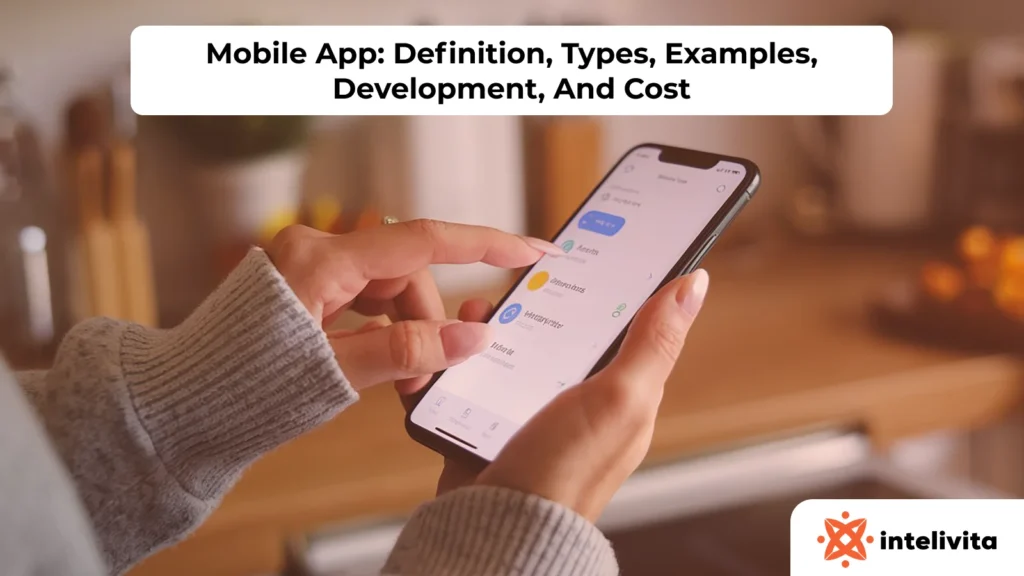
Mobile App: Definition, Types, Examples, Development, And Cost
Features, platforms, and usage patterns influence digital interaction. Understand what a mobile app is, its types, examples, development, and cost.
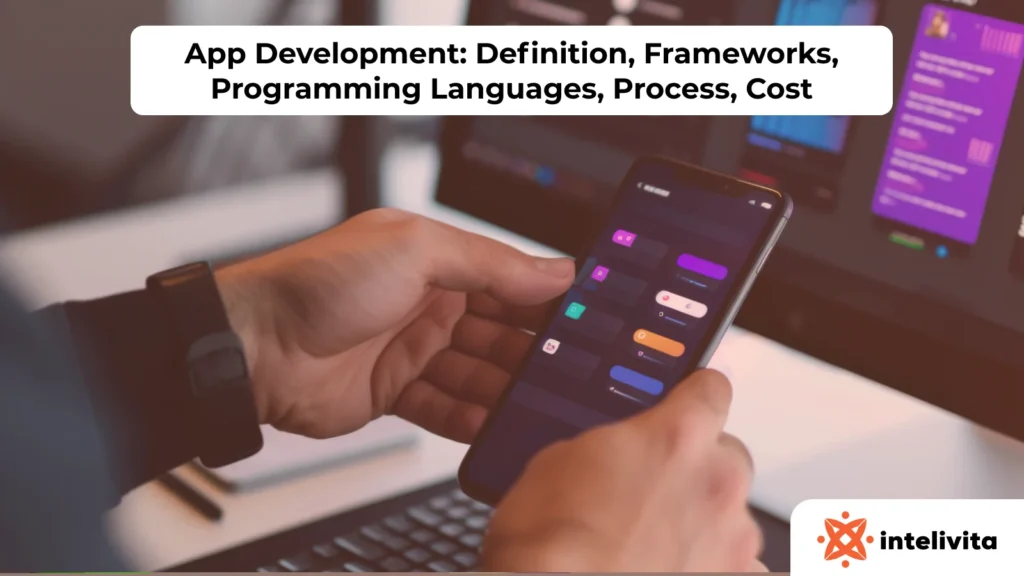
App Development: Definition, Frameworks, Programming Languages, Process, Cost
Explore how apps are designed, coded, and deployed using mobile and cross-platform tools. Learn frameworks, languages, processes, costs, and app types.
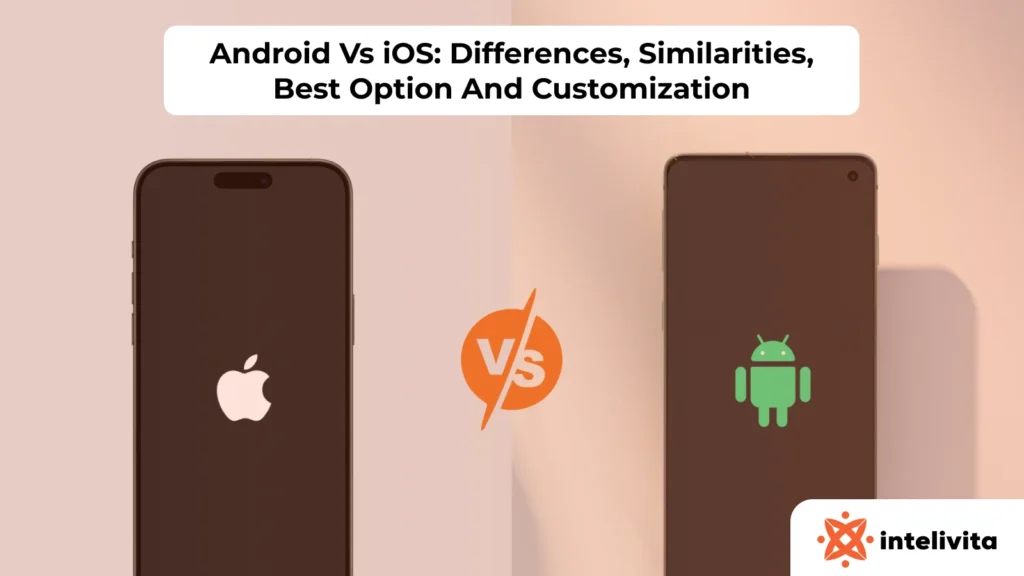
Android Vs iOS: Differences, Similarities, Best Option And Customization
Compare Android vs iOS across design, updates, security, customization, and market share. Learn which OS fits your needs based on flexibility or ecosystem.
Contact Us for Project Discussion
Ready to take the first step towards turning your software dreams into reality? Contact us today to schedule a project discussion. Our team of experts is eager to hear your ideas and provide tailored solutions to meet your unique needs.

